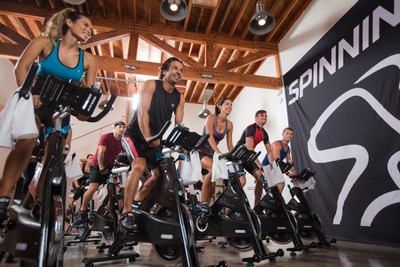
Get Ready to Ride: Bike Setup
Posted by Spinning® on Nov 1st 2018
Proper bike setup matters! For brand new riders that hop on the bike, begin pedaling, and start feeling discomfort in knees, ankles or back, incorrect bike setup is the likely culprit. The right bike setup ensures a more comfortable ride and greatly reduces the risk of injury.
From seat height position to handlebar height, here are five keys to ensuring a more comfortable ride.
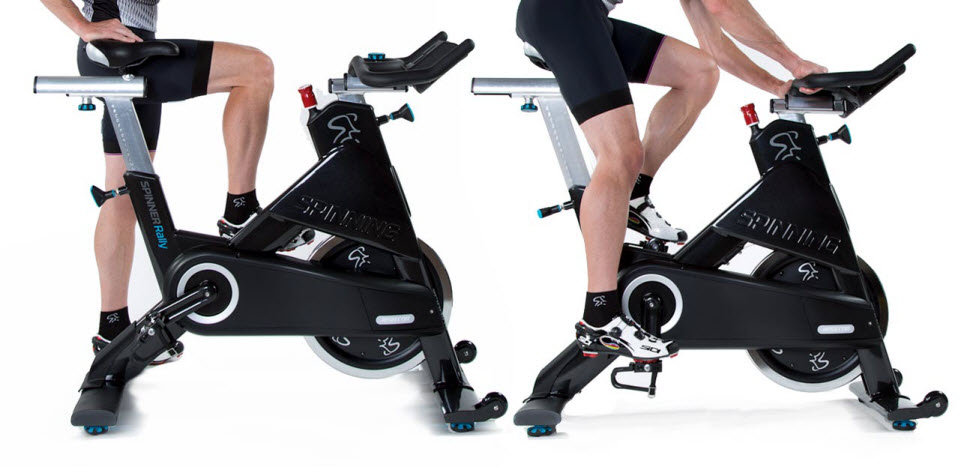
Saddle Height Position
To get a good idea of your proper saddle height, stand directly next to the saddle, lift the inside leg to 90° and line up the top of the saddle with the top of the thigh to get a close adjustment. At the proper height, there should be a 25-35 degree or a slight bend in your knee at the bottom of a pedal stroke.
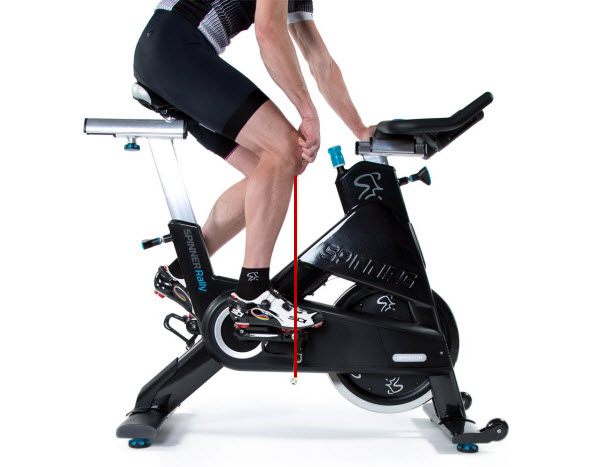 Saddle Fore/Aft Position
Saddle Fore/Aft Position
Sit on the bike as if you were riding and hold the pedals in a position where they are level. Your forward kneecap should be directly above the pedal spindle. Make sure that the ball of your foot is over the pedal spindle as well. This ensures that all of your power and strength is put into the pedal.
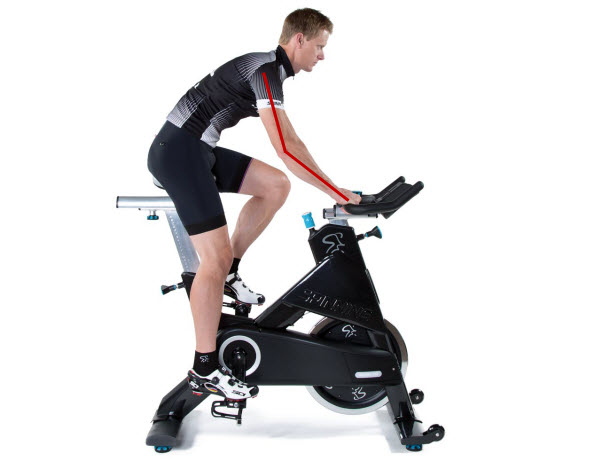 Handlebar Height and Fore/Aft
Handlebar Height and Fore/Aft
Position the handlebar at approximately the same height as your saddle, or higher if you feel any discomfort in your back. Some Spinner® bikes have a handlebar fore/aft adjustment. This enables the rider to adjust the reach for comfort and proper upper body extension. A slight bend in the elbow (as pictured above) indicates a proper fit.
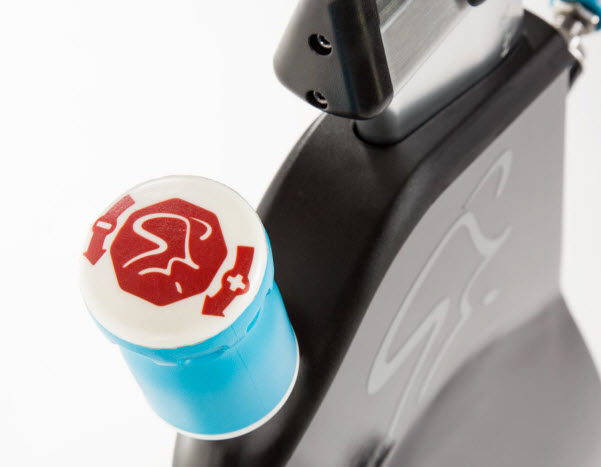 Resistance Control
Resistance Control
Pedaling resistance is controlled by the resistance knob located below the handlebar. Resistance adjustments can be made while riding to vary the intensity of your workout. To increase resistance, turn the resistance knob clockwise (+); to decrease resistance, turn the knob counterclockwise (-). To stop the flywheel from moving, press directly down on the resistance knob to bring the flywheel to a stop.
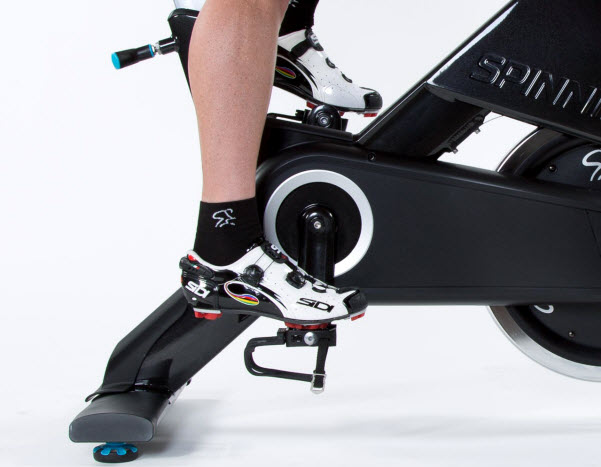 Pedal Stroke
Pedal Stroke
The Spinner® bike creates a continuous, non-impact pedaling movement. Instead of simply pushing down on the pedals, you should apply force throughout every part of the pedal stroke, using a full range of motion. This “full circle” technique generates more power and improves muscle use efficiency.
Of course, if you have any questions about getting set up on a bike, don’t hesitate
to ask our Facebook community!
Now check out these efficient and effective videos featuring how to set up your bike and correct bike setup!
